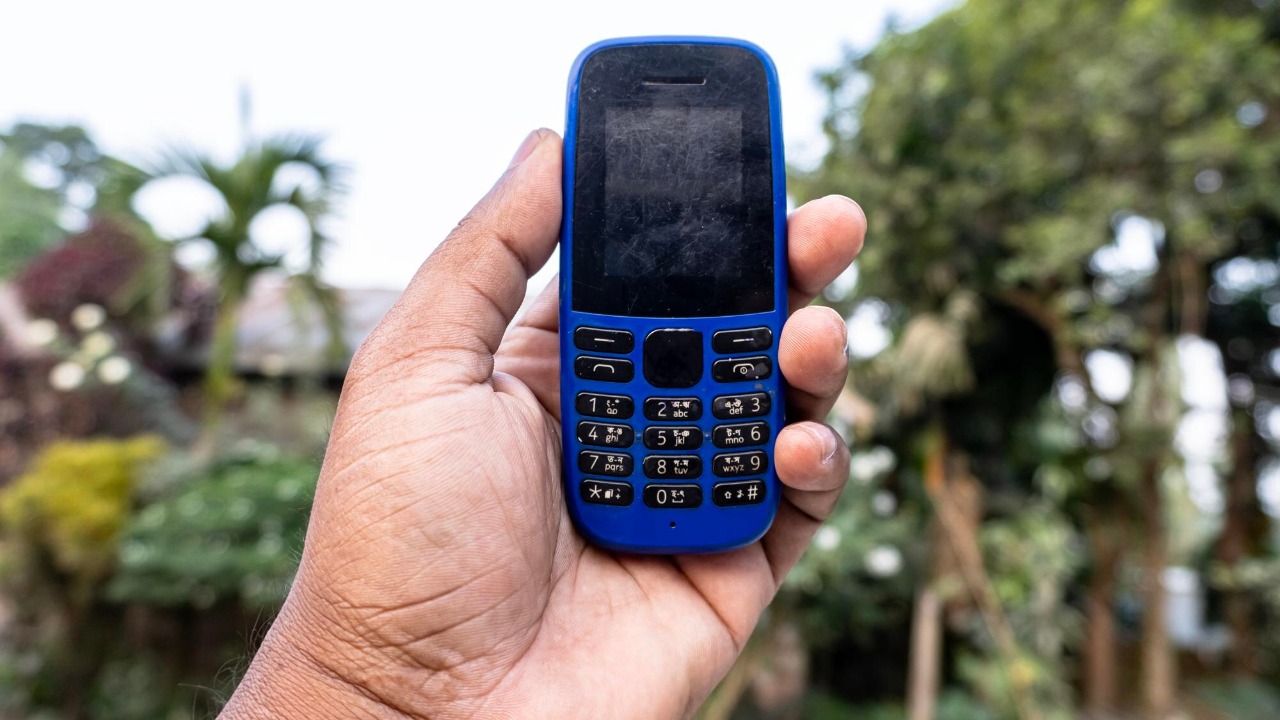
As consumer dissatisfaction with traditional smartphones rises, ‘dumbphones’ are becoming an appealing alternative. These devices are evolving to offer smarter capabilities and higher price tags, providing options for those disillusioned with current technology. The shift reflects a growing trend where simplicity meets innovation, catering to a market eager for change.
Evolution of ‘Dumbphones’

The evolution of ‘dumbphones’ is marked by their integration of smarter features while maintaining a focus on simplicity. These devices, once known for their basic functionality, are now incorporating elements like enhanced connectivity and improved user interfaces. This transformation is driven by consumer demand for devices that offer essential features without the overwhelming complexity of modern smartphones. As reported by CNN, the appeal lies in their ability to provide a streamlined experience that prioritizes user control over digital interactions.
With these advancements, the cost of ‘dumbphones’ has risen, reflecting their increased technological capabilities. The market has seen a shift where these devices, traditionally viewed as budget-friendly, are now positioned as premium alternatives to smartphones. This change is indicative of a broader trend in the tech industry, where consumers are willing to pay more for products that align with their values and lifestyle preferences. The rising prices underscore the growing sophistication of ‘dumbphones’ as they cater to a niche yet expanding audience.
In addition to enhanced connectivity and user interfaces, ‘dumbphones’ are also integrating features such as longer battery life and durable designs, which appeal to users seeking reliability and longevity in their devices. These improvements are not only technological but also aesthetic, with manufacturers offering sleek and modern designs that rival the appearance of high-end smartphones. This evolution is a response to consumer feedback that values practicality and style, demonstrating that ‘dumbphones’ can be both functional and fashionable.
Consumer Disillusionment with Smartphones

Consumer dissatisfaction with traditional smartphones stems from several factors, including the overwhelming nature of constant connectivity and the perceived intrusion of technology into daily life. Many users feel burdened by the incessant notifications and the pressure to remain perpetually online. This sentiment has fueled interest in ‘dumbphones’, which offer a respite from the digital deluge. According to CNN, these devices provide a compelling alternative for those seeking to reclaim their time and attention.
The appeal of ‘dumbphones’ lies in their ability to offer essential communication tools without the distractions associated with smartphones. For consumers looking to simplify their digital lives, these devices represent a conscious choice to prioritize meaningful interactions over superficial engagement. This shift highlights a growing desire for technology that supports, rather than dictates, personal and professional boundaries.
Another factor contributing to the disillusionment with smartphones is the growing concern over privacy and data security. Many users are increasingly wary of how their personal information is collected and used by smartphone apps and services. ‘Dumbphones’, with their limited internet capabilities, offer a sense of security and privacy that is appealing to those who wish to minimize their digital footprint. This aspect of ‘dumbphones’ aligns with a broader societal trend towards greater awareness and control over personal data, as highlighted by privacy advocates and tech analysts.
Market Trends and Economic Impact

The market for ‘dumbphones’ is experiencing significant growth, with potential implications for smartphone sales. As more consumers opt for these simpler devices, the demand for traditional smartphones may see a decline. This trend suggests a shift in consumer priorities, where the value of technology is measured not by its complexity but by its ability to enhance quality of life. The economic impact of this shift is evident in the increasing investment in ‘dumbphone’ technology and the diversification of product offerings to meet evolving consumer needs.
The rising cost of ‘dumbphones’ also reflects broader economic trends within the tech industry. As these devices incorporate more advanced features, their production costs and market prices have increased. This development aligns with a general trend of rising prices across the tech sector, driven by innovation and consumer demand for products that offer both functionality and simplicity. The economic landscape is thus shaped by a balance between technological advancement and consumer preference for streamlined experiences.
The shift towards ‘dumbphones’ is also influencing the strategies of major tech companies, which are beginning to explore this market segment more seriously. Companies traditionally focused on high-end smartphones are now investing in research and development to create ‘dumbphones’ that meet the needs of this emerging consumer base. This strategic pivot is indicative of a larger industry trend where adaptability and responsiveness to consumer demands are crucial for maintaining market relevance. Furthermore, the rise of ‘dumbphones’ is encouraging smaller tech firms to innovate and compete, potentially leading to increased diversity and competition in the tech market.
Future Outlook for ‘Dumbphones’

Looking ahead, the future of ‘dumbphones’ appears promising, with potential developments in technology and market positioning. As these devices continue to evolve, they are likely to incorporate even more sophisticated features while maintaining their core appeal of simplicity. This evolution could see ‘dumbphones’ becoming a staple in the tech market, catering to a diverse range of consumers seeking alternatives to traditional smartphones. The ongoing innovation in this sector suggests a dynamic future where ‘dumbphones’ play a significant role in shaping consumer technology preferences.
The implications of a shift toward ‘dumbphones’ on consumer behavior and technology use are profound. As more individuals embrace these devices, there may be a broader cultural movement toward digital minimalism and intentional technology use. This trend could influence not only personal technology choices but also the development of new products and services that prioritize user well-being over constant connectivity. The future of ‘dumbphones’ thus holds potential for redefining the relationship between consumers and technology, fostering a more balanced and mindful approach to digital life.